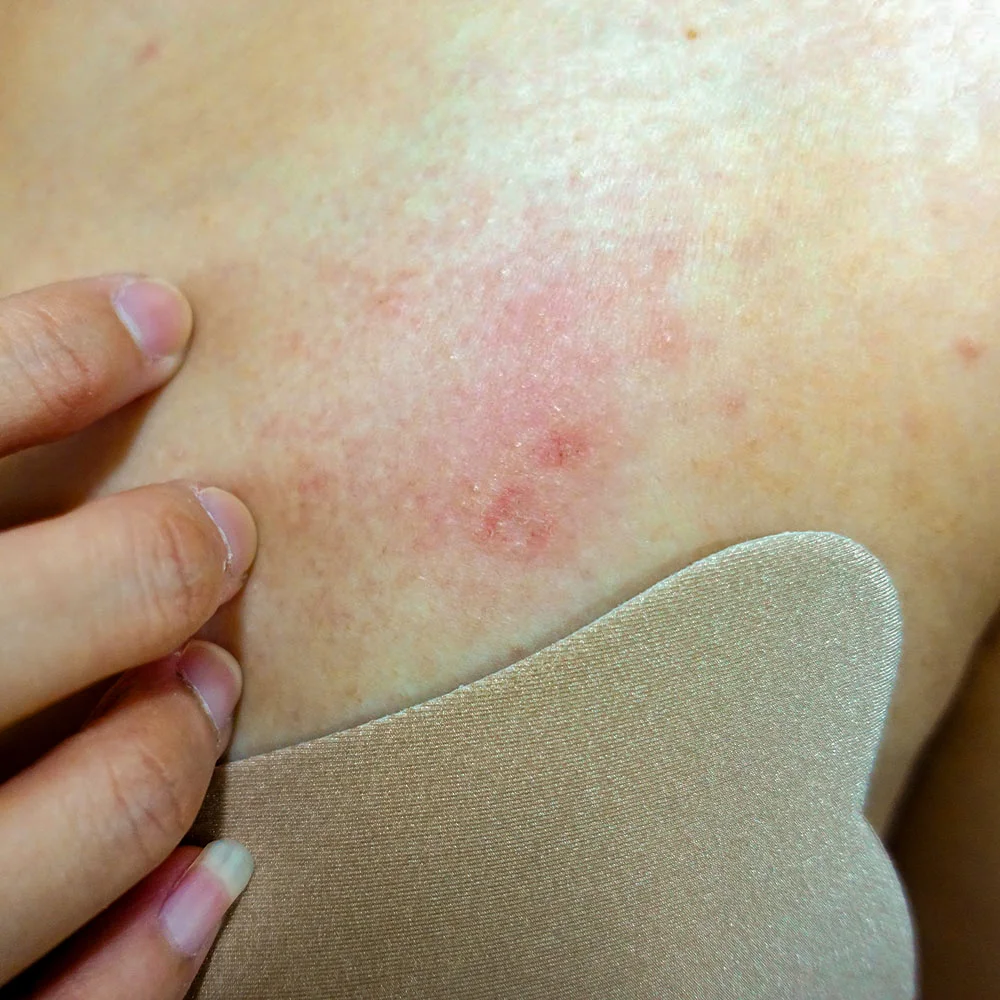Here's what we'll cover
Here's what we'll cover
Here's what we'll cover
Locating the clitoris doesn’t have to be a venture into the unknown. Female anatomy is often a sort of black box of mystery for many, even people who have female anatomy. For example, most women refer to their external, visible genitals as their vagina, when in fact, the visible outer lips, or labia, collectively make up the vulva. The vagina is the internal part. When it comes to the external portion of the clitoris, it's actually rather small, but there’s a lot more to it inside the body that isn't visible. The external portion is located under the clitoral hood at the top of the vulva and is about the size of a pea.
The clitoris is important when it comes to enjoying sex but also may play a role in reproduction. Historically, its importance has been downplayed. However, in recent decades, science has shown just how complex and vital the clitoris is.
Where is the clitoris located?
The external part of the clitoris is found above the opening of the vagina. If you have a vagina, you can squat over a mirror and get a glimpse. Separate your labia majora (outer lips), and you'll likely see it peeking out from under the clitoral hood which is at the side of your labia closest to your belly button. And while all you'll see is a small, round structure about the size of the tip of your pinky, there's a lot more to it. The clitoris is pretty big. Under the surface, it stretches down around the opening of the vagina and upwards towards your pubic bone. Like the penis, the clitoris is an erectile organ, meaning it becomes engorged with blood and grows larger and more sensitive when you're aroused (Yeung, 2016).
The part you can see from the outside is called the glans and is covered by the clitoral hood. The glans of the clitoris is full of nerve endings, which make it highly sensitive.
All other parts of the clitoris are located inside the body and aren’t visible from the outside. The body of the clitoris is attached to the glans and extends under the hood of the clitoris. This eventually splits into two parts called the crura. Together, the body of the clitoris and crura look like a wishbone. The root of the clitoris is located inside the vagina. That's where all of the erectile tissues join, making it a very sensitive area.
The bulbs of the clitoris are located under the labia majora and against the vaginal walls.

What does the clitoris do?
When it comes to experiencing pleasure during sex and reaching orgasm, the outer, visible part of the clitoris (the glans) gets most of the glory. Still, penetrative sex also stimulates the other structures of the clitoris, all of which can contribute to sexual pleasure (Levin, 2020).
And while the clitoris is most well-known for its role in sexual pleasure, recent research shows that it may actually play a role in baby-making, too. Clitoral stimulation causes a range of changes in the vagina including (Levin, 2020):
Increased blood pressure and heart rate, leading to a rise in blood flow and lubrication in the vagina
Neutralization of vaginal pH, making it easier for sperm to survive their journey to the egg for fertilization
Tenting and ballooning of the vagina, which facilitates the movement of sperm to fertilize the egg
Increasing the temperature of the vagina
Sexual pleasure and the clitoris
While many different areas of the body can give a person sexual pleasure, the clitoris is often front and center for people who have one. One survey of women found that 36% of women need direct clitoral stimulation during sex in order to climax. Another 36% reported that although they could orgasm without direct clitoral stimulation, it made their orgasms feel better (Herbenick, 2018).
Some people believe that there are different kinds of orgasms––clitoral, vaginal, and cervical orgasms. But since penetrative sex also stimulates the clitoris, it can be hard to identify the source of the orgasm (Pauls, 2015).
The internal structures of the clitoris also call into question the existence of a separate "g-spot" in the vagina (Pauls, 2015). The g-spot has been described as an erogenous area on the frontal vaginal wall, although there is little anatomical evidence that it exists. Since the clitoral root is in close contact with the vaginal wall, the g-spot may stimulate the clitoris through this barrier (Yeung, 2016).
There are many ways to stimulate the clitoris that lead to sexual pleasure. Every person with a clitoris is different and will have different preferences when it comes to sex. Clitoral stimulation with fingers, a vibrator, or other sex toys are common ways to have fun in bed.
Although the clitoris is much more complex than it might appear, finding it doesn't have to be hard. Next time you’re looking for the clitoris, just lift the hood, but don’t forget that there’s more to the clitoris than what you can see.
DISCLAIMER
If you have any medical questions or concerns, please talk to your healthcare provider. The articles on Health Guide are underpinned by peer-reviewed research and information drawn from medical societies and governmental agencies. However, they are not a substitute for professional medical advice, diagnosis, or treatment.
References
Herbenick, D., Fu, T. J., Arter, J., Sanders, S. A., & Dodge, B. (2018). Women's Experiences With Genital Touching, Sexual Pleasure, and Orgasm: Results From a U.S. Probability Sample of Women Ages 18 to 94. Journal of Sex & Marital Therapy, 44 (2), 201–212. DOI: 10.1080/0092623X.2017.1346530. Retrieved from https://pubmed.ncbi.nlm.nih.gov/28678639/
Levin, R. J. (2020). The Clitoris-An Appraisal of its Reproductive Function During the Fertile Years: Why Was It, and Still Is, Overlooked in Accounts of Female Sexual Arousal. Clinical Anatomy (New York, N.Y.), 33(1), 136–145. DOI: 10.1002/ca.23498. Retrieved from https://pubmed.ncbi.nlm.nih.gov/31691374/
Mazloomdoost, D., & Pauls, R. N. (2015). A Comprehensive Review of the Clitoris and Its Role in Female Sexual Function. Sexual Medicine Reviews, 3 (4), 245–263. DOI: 10.1002/smrj.6. Retrieved from https://pubmed.ncbi.nlm.nih.gov/27784598/
Pauls, R. N. (2015). Anatomy of the Clitoris and the Female Sexual Response. Clinical Anatomy (New York, N.Y.), 28(3), 376–384. DOI: 10.1002/ca.22524. Retrieved from https://pubmed.ncbi.nlm.nih.gov/25727497/
Yeung, J., & Pauls, R. N. (2016). Anatomy of the Vulva and the Female Sexual Response. Obstetrics and Gynecology Clinics of North America, 43 (1), 27–44. DOI: 10.1016/j.ogc.2015.10.011. Retrieved from https://pubmed.ncbi.nlm.nih.gov/26880506/










